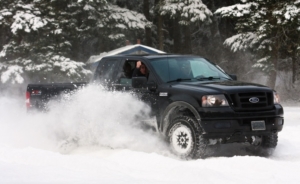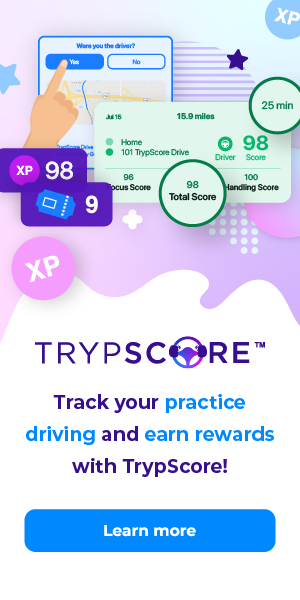Steve Wallace: Readers weigh in on driving in the snow, turns, parking

Authorities will not usually condone skid practice sessions on public or private property, unless access is restricted, Steve Wallace writes.
Reliable readers respond to recent columns: Doug learned how to correct a skid in his teens. He practiced in a vacant parking lot after business hours. His original car was rear-wheel drive. This is probably how many seasoned drivers mastered the correct response to a loss of traction behind the wheel. By the way, Doug prefers to stay at home when it snows on the Island: He sees far too many inexperienced winter drivers for his liking. My colleague from the Lower Mainland told me there were 5,000 dial-a-claims in one day in Vancouver alone during the recent first-snow-day deluge.
Nowadays, there is a whole different reality concerning the skid practice in vacant parking lots. Authorities will not usually condone skid practice sessions on public or private property, unless access is restricted. Heading out to the mall after hours is not tolerated. Legal liability is a very strong factor in access being denied: The police and property owners frown on the activity. The last time I was involved in a sanctioned skid course was at the Boundary Bay Airport, under the supervision of the RCMP. Private property, with the owner’s permission, where public access is restricted, seems to be the only present-day legal option.
Doug thinks a driver approaching him at an intersection, wishing to turn left, must yield the right-of-way while he makes an oncoming right turn at the same intersection. He is correct in his assumption. It is a good idea for both drivers in this situation to get eye-to-eye contact before executing their turns.
What about cyclists passing on the right at an intersection? Doug’s second question is a little more complicated. Cyclists have the right-of-way to proceed through an intersection, whether in a designated bike lane or otherwise. Drivers have the responsibility to make sure there is no conflict prior to making a turn. Both have their respective duty to travel in a safe manner. The police are in quite a quandary when it comes to issuing a ticket. In general terms, when a bike is struck by a driver, from the side of the motor vehicle, it is usually deemed to be the fault of the driver. If a rider hits the back of the vehicle, the rider usually is assessed blame. Insurance adjusters make a living determining fault, and they are usually very good at it. Independent witnesses often trump statements of those involved in the crash.
Jim wanted more explanation of the left-turn-on-red onto a one-way street at an intersection. He understands the concept, but does not feel safe doing it under certain circumstances. I agree.
It is legal, but not recommended when there is not a very clear and unobstructed view to the left and right at such an intersection. There is no duty to perform in this situation or in any such circumstance. It is totally up to the driver’s discretion. Pedestrians, seeing an opening, might bolt into the intersection against the Don’t Walk symbol. Experienced drivers attempting this manoeuvre could surprise the uninitiated. It is unlikely that more than five per cent of the driving public are aware of the rule, and I would venture a guess that the number would be lower for users of other forms of transportation.
Ron’s daughter insists that drivers wishing to parallel park must signal their intention, while he maintains a hand signal is good enough. Sorry, Ron, I side with your daughter. Driving examiners would mark a demerit on a road test if only hand signals were given. Ron’s use of hand signals is a great way of personalizing one’s intention and getting more noticed while preparing to parallel park. Using the four-way flashers prior to the signal will give addition advance warning to those following. The parallel parker always has the right of way.
Steve Wallace is the owner of Joan Wallace Driving School on Vancouver Island. He is a former vice-president of the Driving Schools Association of the Americas, a registered B.C. teacher and a University of Manitoba graduate.


